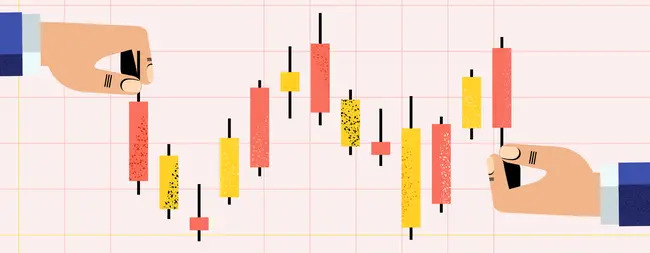Promised Profits, Hidden Losses: The Dangers of Scam Signal Providers

The allure of Forex trading is undeniable. the potential for significant profits in a dynamic, global market. However, navigating the complexities of Forex can be daunting, especially for novice traders. This vulnerability opens the door for scam signal providers.
These unscrupulous individuals and companies promise effortless “signals” to guide your trades, painting a picture of guaranteed profits and easy money. Yet, the reality behind these promises is often a trail of hidden losses and unfulfilled dreams.
The False Promises
Scam signal providers are masters of manipulation. They understand the anxieties and aspirations of new Forex traders: the desire for quick profits, the fear of missing out, and the feeling of being overwhelmed by the complexities of the market.
These scammers exploit those vulnerabilities by weaving a web of false promises:
Instant expertise. These scammers position themselves as shortcuts to trading knowledge. They downplay the need for in-depth analysis and market understanding, suggesting their signals are all you need to become a successful trader.
Guaranteed profits. They will dangle the illusion of a risk-free path to riches and boast about high win rates and consistent returns, implying minimal effort is required on your part.
Stress-free wealth. They paint a picture of a passive income machine. Following their signals supposedly allows you to relax and watch your profits accumulate without the burden of analysis or research.
Exclusivity. Some scammers create a sense of scarcity by claiming they only have a limited number of spots available. This tactic creates urgency and pressure to join before the “exclusive” opportunity vanishes.
By creating these false narratives, scam signal providers lure unsuspecting traders into a trap. Remember, the Forex market is inherently volatile and success requires knowledge and strategic planning. Anyone who’s promising guaranteed profits with minimal effort is just trying to scam you.
Red Flags to Avoid
The world of forex signal providers can be a minefield. If you learn how to recognize the warning signs, you can significantly reduce your risk of falling victim to a scam:
“Get rich quick” promises. If a provider guarantees you’ll make a lot of money without putting in any effort, run for the hills. Legitimate providers understand the inherent risks involved in forex and focus on realistic expectations.
Secretive strategies. Don’t trust providers who are unwilling or unable to explain their trading methodology. If their signals are shrouded in mystery, it’s likely because they don’t have a solid foundation.
High-pressure sales tactics. Don’t be swayed by time-limited offers, aggressive sales pitches, or promises of “exclusive access”. These tactics are designed to create a sense of urgency and pressure you into making a decision before you can properly evaluate their service.
Additional warning signs:
Unrealistic win rates. There isn’t a signal provider in this world who can guarantee consistent profits. If anyone is claiming you’ll see win rates over 80%, know that they’re lying to you. These kinds of results are simply not sustainable in the long run.
No verifiable track record. Legitimate providers can back up their claims with verifiable performance histories. If a provider can’t demonstrate consistent success through independent reviews or data, avoid them.
Unsolicited contact. Beware of providers who reach out to you through unsolicited emails, calls, or social media messages. Legitimate providers generally don’t resort to these spammy tactics.
At the end of the day, if something about a signal provider seems off, you should listen to your instincts and trust your gut. It’s always better to exercise caution than become a victim of a scam.
Protecting Yourself
The Forex market is full of scams on every corner, and the best way to protect yourself from these tricksters who are trying to steal your money is to always be one step ahead. Here’s how you can do that:
Invest in your education. The most powerful weapon against scams is understanding the forex market yourself. Dedicate time to learning about market dynamics, technical analysis, and risk management strategies. This knowledge will make you a more informed trader and less susceptible to false promises.
Do your homework. Before considering working with any signal provider, conduct extensive research. Look for independent reviews, and user testimonials on reputable forums, and ask seasoned traders within online communities for their opinions. If you can’t find a lot of information or are mostly running into negative reviews, the best thing would be to stay away.
Test the waters. Reputable signal providers may offer free trials or the ability to backtest their signals on historical data. These allow you to assess the quality of their recommendations without risking real money.











